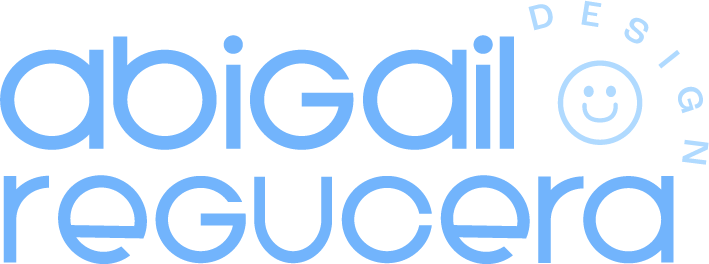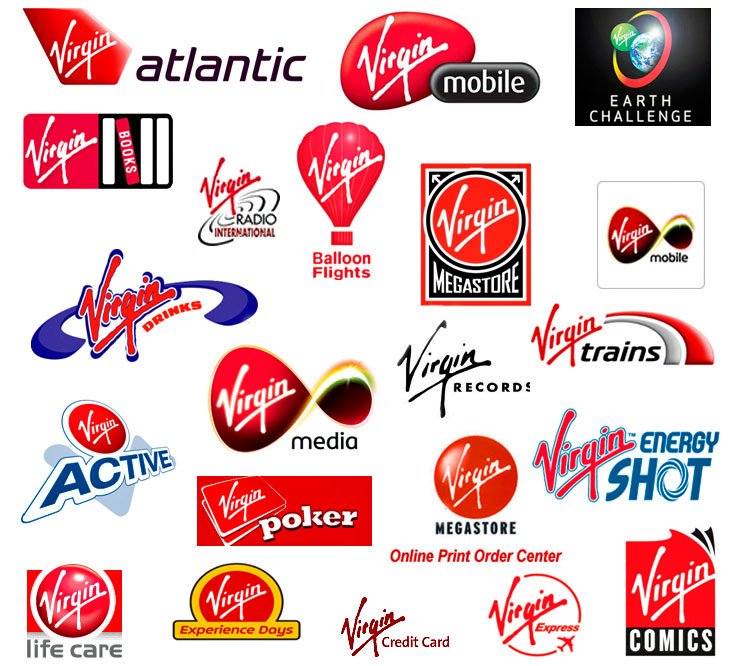Full House: Exploring Sub Brands & Brand Architecture
Are you the entrepreneur who’s always coming up with ideas related to your brand?
As your business scales up, you find that you can make these ideas a reality. However, if you need to force this new product idea into the established brand, maybe it’s best to start a sub-brand.
A sub-brand is a brand nested under a parent brand.
Sub-brands help you stay true to your core offering, and yet allow a divergence into new market segments. Here are a few benefits of sub-brands:
Differentiator
If your brand has its reputation built on a specific product, a sub-brand helps your customer differentiate one product from the other. Example: Alexa, the voice-controlled smart speaker, belongs to Amazon, whose identity is strongly tied to being an e-commerce company.Identity
A sub-brand can take on a life of its own. For example, the Big Mac is synonymous with McDonald’s. In reality, it’s just a double-decked hamburger. But with an exclusive brand name and marketing, the Big Mac today is McDonald’s signature product and not just another hamburger on the menu.Specialization
A sub-brand allows you to enter niche markets. Microsoft is generally associated with the popular Windows operating system. Their foray into the gaming market is the Xbox. The brands have two different audiences: corporate professionals and gamers (one can be both though). Customers do not perceive both brands the same way.Audience Expansion
A customer is more likely to try out a sub-brand once they know what the parent brand is (provided it has a stellar reputation, of course).The reputation of the parent brand carries over. This is an example of the halo effect. Say you were on the fence about buying a pair of Converse shoes, and you suddenly learn their parent brand is Nike. You instantly trust the quality and the price, if you like Nike.
The challenges of sub-branding
When you’re building your sub-brand, choose a look that’s either consistent with or completely different from the umbrella brand. An example of bad sub-branding is the Virgin Group. The company has a foot in many sectors—aviation (Virgin Atlantic), healthcare (Virgin Health Bank), finance (Virgin Money), communications (Virgin Mobile) and more. Each sub-brand has a look that isn’t different from each other and yet isn’t the same. Confusing, much?
This is why you need brand architecture.
Brand architecture
This is your blueprint to determine how each sub-brand will develop under the parent brand and interact with each other. There are three variations of brand architecture.
House of Brands
One brand has sub-brands that are each independent of the other. The most quoted and best example is Procter & Gamble. The company has products for babies (Pampers), oral hygiene (Crest), feminine hygiene (Tampax), hair care (Head and Shoulders) and much more. Each brand looks different from the other, and is marketed differently. The performance of one brand doesn’t affect another.
Branded House
This is the opposite of House of Brands. In this model, smaller sub-brands are marketed with the name of the parent brand. Think Google Maps, Google Calendar, Google Slides and all the members of the Google Drive family. The logo of each sub-brand has the same colours drawn from Google’s primary colour palette. All the sub-brands are all marketed with the same look and feel.
Hybrid Brands
A hybrid brand set up allows you to have the best of both previously-mentioned systems.
In this structure, you can mention the parent company but allow the sub-brand to have a unique identity. For example, Sony PlayStation sells to gamers under the brand name ‘PlayStation’ while still reminding them of which company they’re buying from. At the same time, PlayStation is marketed differently from Sony.
Sub-branding allows you to channel your creativity without un-doing all the work that went into establishing your parent brand. Keep in mind that creating a sub-brand involves more work than what is mentioned here. It could involve drawing up new budgets, operations, new marketing directives, different revenue goals and the list goes on. However, don’t let the workload stop you from developing your best ideas!


